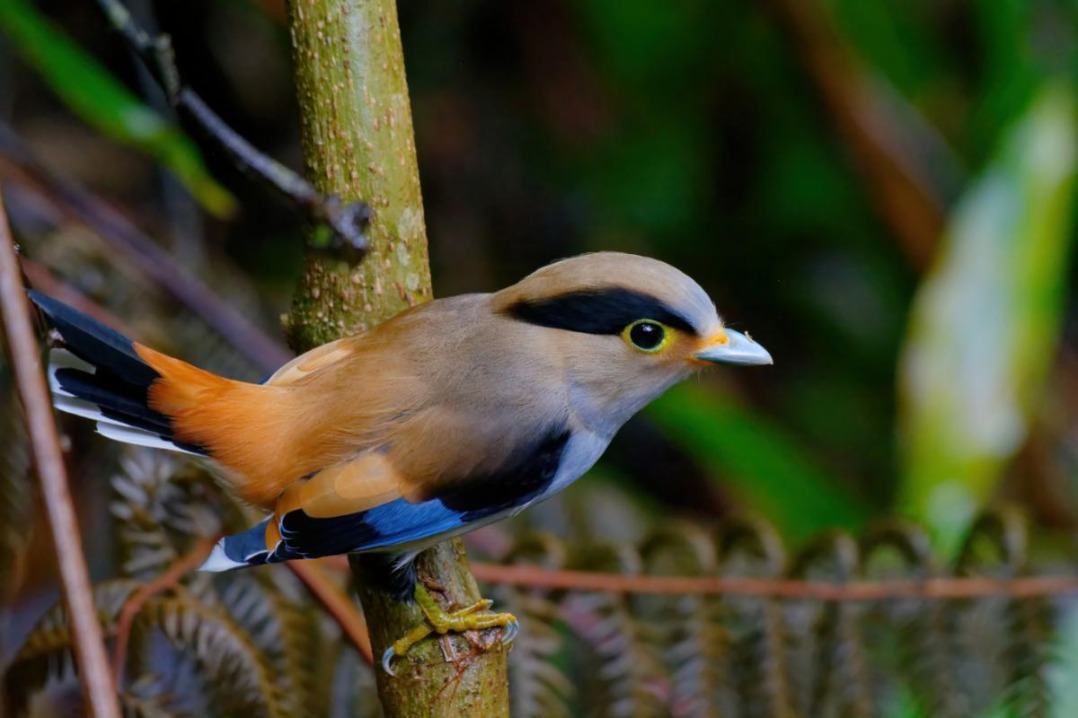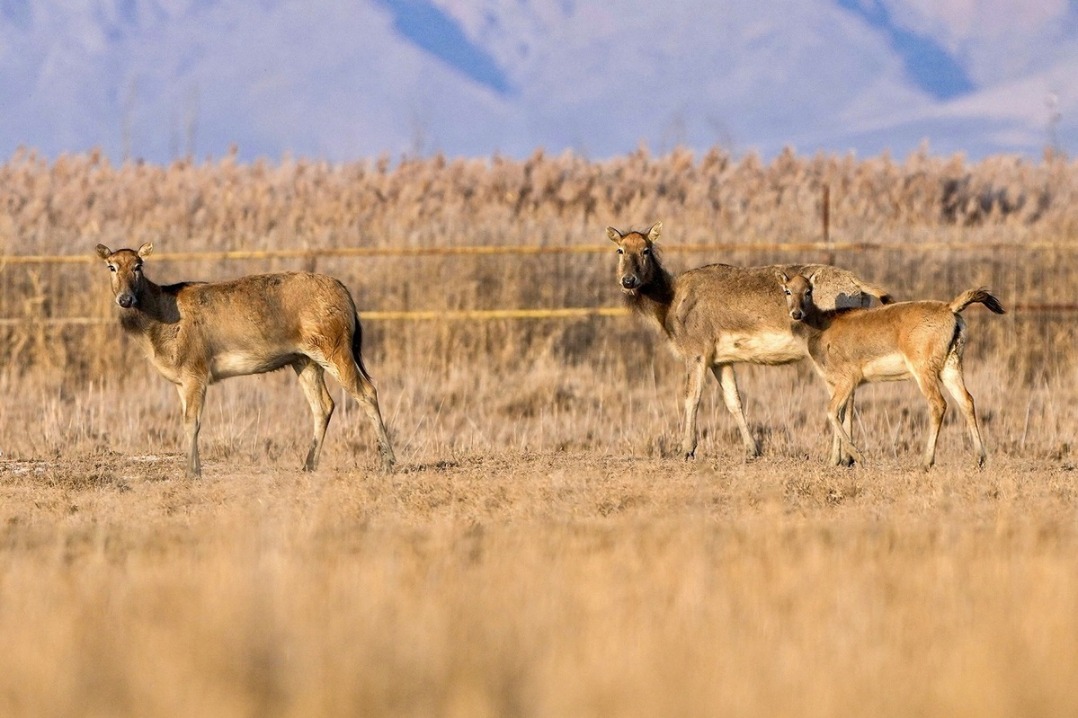Down to the bones of the matter

The idea of reviving dinosaurs, a long-standing science fiction trope, may be closer to reality in 100 to 200 years through advancements in artificial intelligence and new genetic methods, according to leading paleontologists at an international symposium in Shanghai.
Held from Oct 28 to 31, the four-day China's Dinosaurs: From Research to Science Education symposium brought together over 20 top international paleontologists to discuss breakthroughs and the future direction of paleontology.
While the possibility of a dinosaur resurrection sparked discussion, the event also highlighted China's rising status as a global hub for dinosaur research, with its rich fossil discoveries and innovative public science initiatives, such as the ongoing China Dinosaur World exhibition in Shanghai, drawing international acclaim.

The possibility of a dinosaur resurrection emerged as a key highlight of the symposium, with experts balancing caution with optimism.
"Resurrecting dinosaurs using DNA, as depicted in Jurassic Park, is scientifically impossible today," explains Xu Xing, a leading Chinese paleontologist and academician at the Chinese Academy of Sciences. He further notes that ancient DNA degrades rapidly. While researchers have detected protein fragments in dinosaur fossils — sparking exploration into using bone proteins to gather genetic insights — this approach remains in its early stages due to limited data.
New technologies, however, are opening fresh avenues. Emily Rayfield, a British paleontologist and professor of paleobiology at the University of Bristol, who acknowledged AI's transformative potential in science, says: "Artificial intelligence is going to change how we research all aspects of science. We have interesting proteins and lipids that tell us about dinosaurs' body temperatures and help us understand how they may have lived."

Xu emphasizes that interdisciplinary innovation is key: "Many scholars are now focusing on synthetic biology, gene editing, and developmental biology. If we can accurately reconstruct their appearances and biology, modern technologies might allow us to 'create' living dinosaurs. I say 'create' because they may differ from ancient dinosaurs, yet resemble them in appearance and behavior.
"In 100 or 200 years, if we see a creature similar to the Tyrannosaurus rex living on Earth, I don't think I will be surprised," he adds.
Ni Minjing, director of the Shanghai Science & Technology Museum, agrees: "Dinosaurs are actually between reptiles like crocodiles, and flying birds. From DNA and trait analysis, the possibility of resurrecting dinosaurs via gene editing, with AI's help in the future, is very high."
Despite these technological prospects, Ni stresses the limits: "This involves ethics and respect for life. That's the key issue, not technology."
During the symposium, Chinese and foreign experts unanimously recognized China's pivotal role in advancing dinosaur research. Built on over a century of research by generations of scientists, from pioneering paleontologist Yang Zhongjian to the late Dong Zhiming, China has established itself as one of the world's leading centers for paleontological research.
"The fossils discovered in China have completely changed our way of thinking about the evolution of animals, not just dinosaurs," says Rayfield. "Nearly one-third of dinosaur species globally are now known to be from China, and its contributions to understanding the origin of birds through feathered dinosaur fossils are unparalleled."
To date, China has identified 350 dinosaur species, more than any other country. Fossils of ancient feathered dinosaurs, such as the Anchiornis huxleyi and Caihong juji, have reshaped the interpretation of how dinosaurs evolved into birds.

Pascal Godefroit, a Belgian paleontologist and member of the Royal Academy of Belgium, echoes Rayfield's praise: "China is a paradise for dinosaur discoveries." He notes that, beyond thousands of excavated fossils, strong local government support for Chinese paleontologists has further solidified this status.
"Chinese paleontology is at the top not only in dinosaurs but also in paleontology overall," Godefroit adds, noting that he continues to collaborate on fossil excavations in China's Jilin province. "These discoveries have made China a must-collaborate destination for international dinosaur researchers."
Beyond scientific discussions, the symposium highlights China's efforts to make dinosaur research accessible to the public, with the ongoing China's Dinosaur World exhibition serving as a flagship platform.
Launched at the Shanghai Natural History Museum, the exhibition is a joint effort by the Shanghai Science &Technology Museum and the Institute of Vertebrate Paleontology and Paleoanthropology of the Chinese Academy of Sciences, along with other institutions.
It marks China's first large-scale dinosaur exhibition that brings "treasured "collections from 12 domestic museums, featuring 118 representative specimens, including 42 type specimens and approximately 80 national first-class protected fossils. To date, the exhibition has welcomed nearly 400,000 visitors.

"The exhibition demonstrates how to bridge cutting-edge research with public education," Ni says. "It's not just about displaying fossils, but about telling the story of life on Earth and inspiring curiosity for science."
International interest in the exhibition is growing, with museums in the United States, France, Thailand, and Japan inviting it to tour, Ni reveals.
"Plans are also underway to develop online courses on China's 350 dinosaur species, with a long-term goal of expanding to a global curriculum covering over 1,000 known dinosaur species worldwide."
Contact the writer at heqi@chinadaily.com.cn

- Xi'an City Wall gets health checkup after heavy rains
- Forum lauds enhanced China-Central Asia ties
- Research reveals parallels in antidepressant therapies
- Experts urge disease prevention awareness to boost HPV vaccination
- Scientists discover rare earth elements in ferns
- China calls for improved international cooperation on disaster response



































